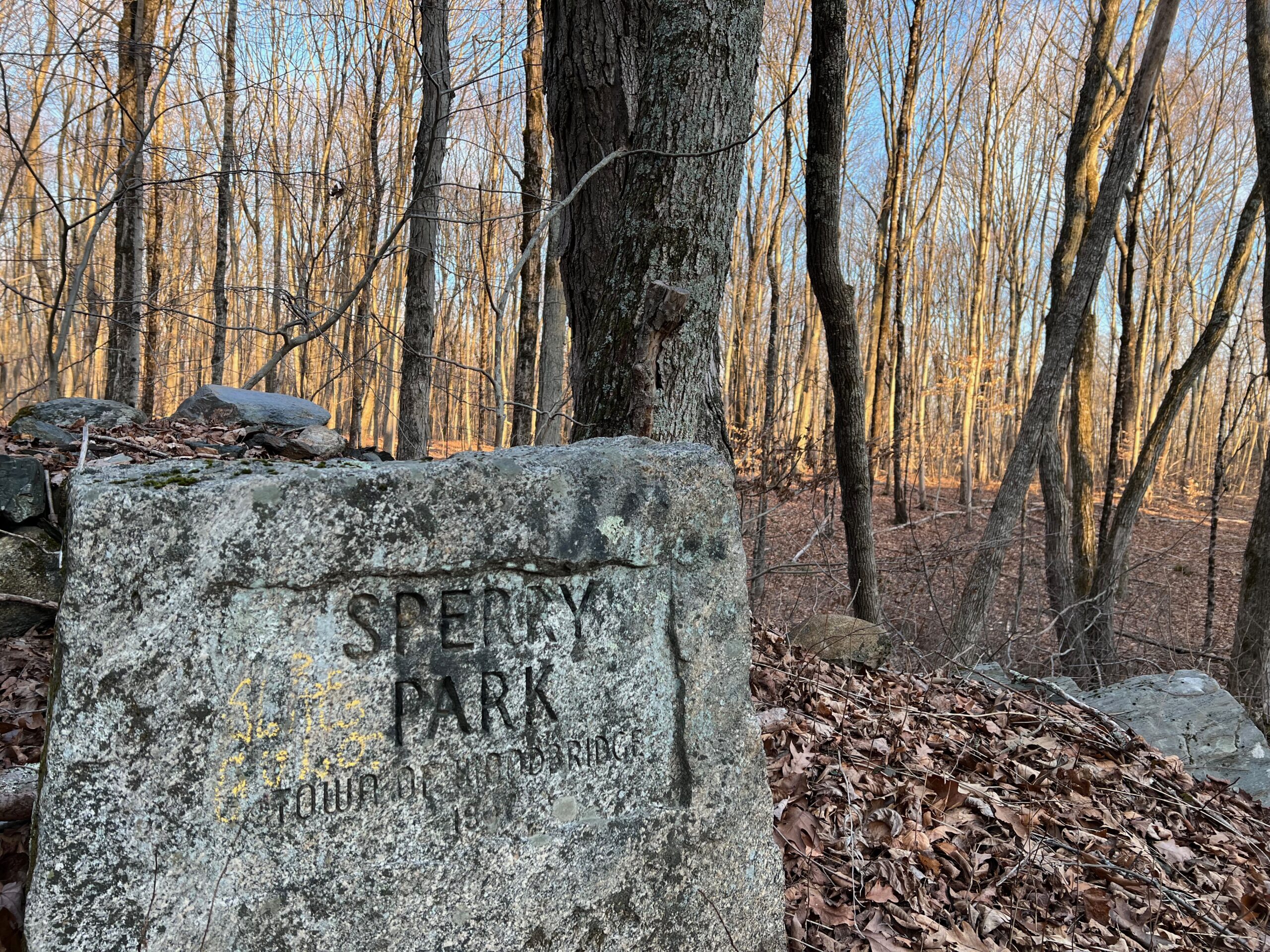These four acres were donated to the Town of Woodbridge from the Sperry heirs in 1907 on condition that this home lot of their family be preserved forever as a rural park.
At this site stood the home of some of the original European settlers in our area, including Nathaniel Sperry (1695-1751), his son, Revolutionary War patriot Sgt. Simeon Sperry (1739-1805), grandson Enoch Sperry (1787-1856), and great-grandson U.S. Congressman Nehemiah Day Sperry (1827-1911) who was an early anti-slavery advocate and a Connecticut delegate to the National Republican Convention that nominated Abraham Lincoln for president in 1864.
In 1781, Nehemiah’s grandfather Simeon Sperry filed manumission papers that “set at liberty” an enslaved person named Alexander to be freed from servitude. Alexander may have lived at this location with the Sperry family in the mid-1700s – more research of historical records is needed.
Over the years since 1701, the people who lived and worked at the Sperry Park location left evidence of Woodbridge’s early history. Sperry Falls, which is located within the park, was the site of mill works powered by the river and waterfall. In the early 1800’s, Enoch Sperry operated a carding machine to process raw wool which was then put through a fulling machine to thicken it, was dyed, and then pressed into cloth. To operate the mill, water was diverted from above the Falls and passed through a flume to operate the machines in the mill whose foundation is still to be seen about 60 yards downstream on the left bank of the Sargent River (named for Sgt. Simeon Sperry).
Today, the Sperry Park Committee is responsible for the maintenance of the park and ensuring that it remains available to the public as a historical site and rural park.
